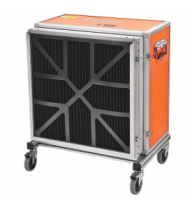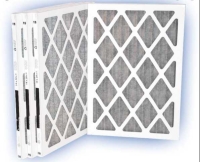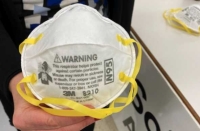Fire Protocols and Response
Sonoma County Library, Calif.
Innovation Synopsis
Sonoma County Library has implemented preventative, active and post-fire event protocols, pioneering fire response for our county. These protocols allow branches to stay open to the public while maintaining wellness and safety of staff and patrons during a fire threat. These protocols have been in place since 2019, although we took prior measures.
Challenge/Opportunity
It is a challenge to maintain service with poor air quality caused by fires. If air quality outside penetrates library structures, branches must close. The library’s goal is to remain open and do everything possible to ensure safety and wellness of staff and patrons, and sustainability of the system. A challenge is the unpredictability of when and how fires will occur and how widespread poor air quality is. A proactive approach with preventative, active and follow-up protocols became necessary.
Key Elements of Innovation
In March 2020, we placed MERV 8 or equivalent filters in HVAC systems in preparation for fire season. Other local entities are not yet using these filters. In addition, if air quality degrades, branches receive an air scrubber. This is our third year deploying air scrubbers, and we are among the first to do so locally. Air scrubbers also have a MERV 13 filter which helps filter out SARS-CoV-2. If a location is heavily affected by smoke, it is shut down for air scrubbing and janitorial. Each location has PPE for outside use.
Achieved Outcomes
Due to our protocols, branches have been able to remain open in times of challenging air quality during fire events. Fire protocols and equipment are appreciated by staff. The library will soon add air quality sensors at each location to monitor indoor air quality and alert when an air scrubber is needed. We are adding permanent air scrubbers to every facility for a faster and more efficient three-step system: pre-fire filter installation; air scrubbers and PPE (N95 masks) during fire event; and post-fire cleaning.



